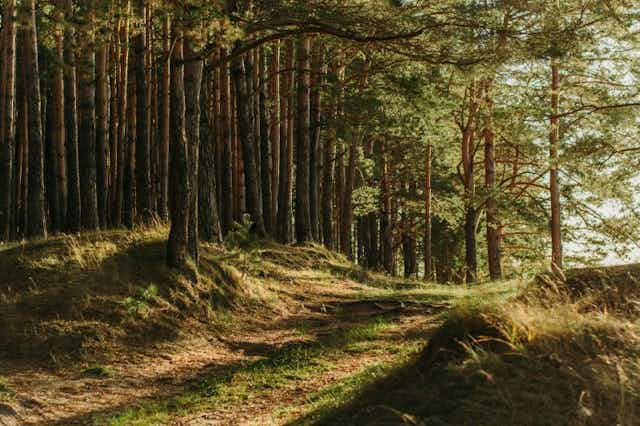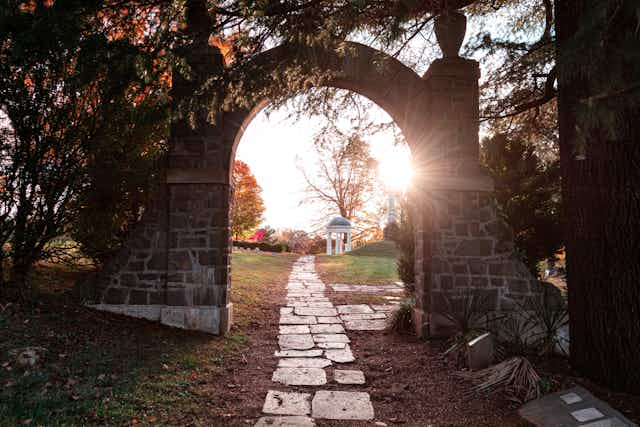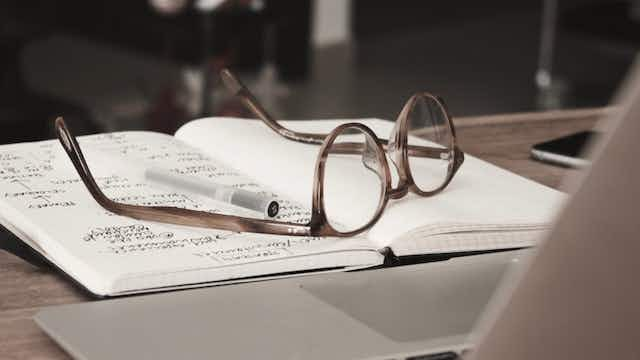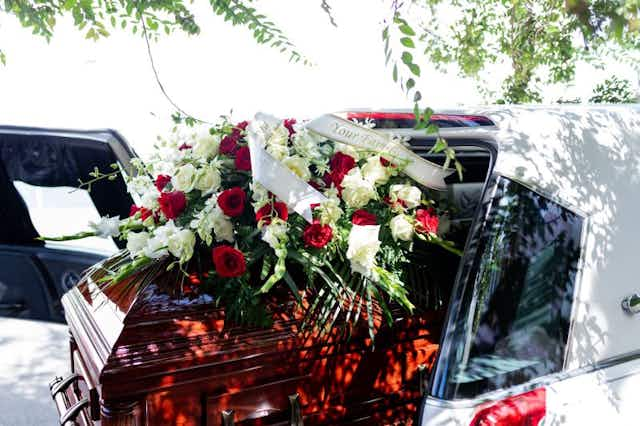Native American Death Rituals, Funerals & Burial Customs
Updated
Published

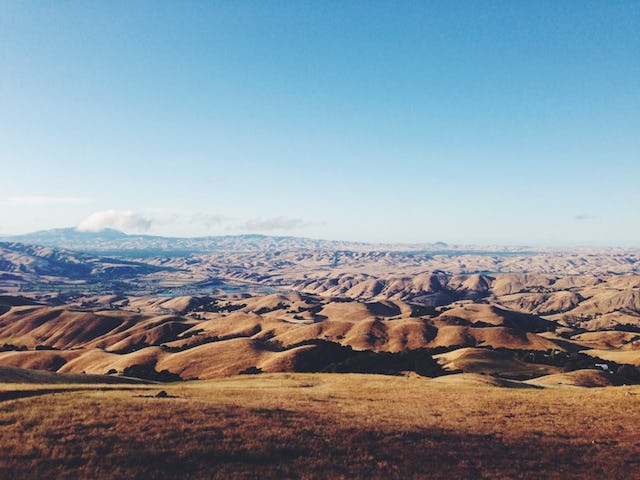
Cake values integrity and transparency. We follow a strict editorial process to provide you with the best content possible. We also may earn commission from purchases made through affiliate links. As an Amazon Associate, we earn from qualifying purchases. Learn more in our affiliate disclosure.
Over 5.2 million Native Americans live in the U.S., making up 537 stand-alone tribal nations. The rich history and culture of each tribe create a unique death philosophy.
Jump ahead to these sections:
- Native American Spirituality
- Native American Funeral and Burial Traditions
- Native American Rituals for the Sick and Dying
- Modern Native American Funeral Etiquette
Before the 1500s, there were thousands of Native American tribes in the United States, each with their own identity and way of life. It’s not possible to summarize the death customs of Native American tribes as one. Instead, we’ve created a brief overview of shared beliefs and differences between the major ones.
Native American Spirituality
Before taking a look at specific funeral and burial practices, its essential to understand all Native Americans aren’t the same. There is no defining religion like Christianity or Islam between Native Americans. There were thousands of beliefs about death and grieving before European made contact with native tribes.
Yet, there are some similarities between the tribes. It’s agreed that most Native Americans worshiped (and some still worship) an all-powerful Creator or spirit. Also, Native Americans believe in deep bonds between earth and all living creatures. Living creatures aren’t limited to those with heartbeats.
In a practice called "animism," tribes believe that the entire universe is alive, including rocks and rivers. Tribes also unite in beliefs over the afterlife and reincarnation. Death is a journey and continuation of life on earth. There’s a widespread belief that the deceased will reincarnate into another animal or person based on their deeds in this life.
Native American Funeral and Burial Traditions

Now that you’re familiar with basic beliefs, let’s take a look at specific funeral traditions and burials. In general, it’s the role of friends and family to guide the deceased’s spirit into the afterlife. Many tribes are fearful of spirits.
They go to extreme lengths to keep the spirit away from family and friends. Also, the customs can differ depending on if the deceased is an adult or a child.
Traditions by tribe
If you’re attending a Native American funeral, it’s crucial to know what tribe the deceased belongs to. The tribe will dictate the preparation of the body, rituals, and etiquette.
Navajo funerals
The largest tribe in the United States has over has over 250,000 members nationwide and a deep fear of death. Navajos don’t look forward to the afterlife and follow specific practices, so the deceased doesn’t haunt the living. Instead, it’s a life that’s worth living.
Every Navajo Indian hopes to live in hohzo or a state of order with the universe and beauty of all living things. Navajos follow rituals and bury the deceased in unique ways to keep order. Here are some examples:
- Navajos choose family members to mourn. The mourners bathe and dress the body in special clothes.
- The mourners bury the deceased far away from the living area along with the possessions and the tools used to bury the body.
- If the deceased died in their hogan—home of tree and bark—family members burn it along with any remaining possessions.
A traditional Navajo funeral is a simple, no-frills affair. Contact with the deceased’s corpse can lead to sickness, misfortune, or even death, so very few family members as possible participate in the funeral.
Since the 20th century, many Navajos turned to Christianity, so you might see modern Christian practices at funerals, too. Family members bury the deceased in a church and read eulogies.
Natural Sioux burials
In the past, the Sioux were the largest Native American tribe. They were a nomadic group of people in the Great Plains. Modern Sioux follow both traditional and Christian rituals. The Sioux don’t fear the soul of the deceased like the Navajo. Instead, they reach out to spirits in a time of need and communicate with them.
Sioux Native Americans may choose an earth burial. They view the earth as our Mother, and when a family member dies, a dirt burial is the best way to reconnect with the planet and free the soul.
Prehistoric mound builders
The mysterious mound builders were a group of Native Americans that built mounds as high as 70 feet. They frequently engaged in war with other tribes until they dissolved shortly before the first settlers came to America.
The mound builders offer some clues as to how Native Americans started performing their death rituals. Inside the mounds, gifts and possessions of the deceased were found, to aid the soul in their journey to the afterlife.
Shared or common traditions among tribes
Now that you’ve learned about funeral traditions from modern and primitive tribes, let’s take a look at shared traditions between tribes. Whether they fear or accept it, Native Americans view death as a natural part of life. Across most tribes, death preparations prepare the soul for the spiritual journey.
Creation stories
Life is a spiritual journey for Native Americans. There isn't a specific religion followed. Instead, tribes pass down rich creation stories throughout history. Most of these stories allude to a "Creator" or "Creating power."
Many tribes believe in other worlds before this one. The Sioux creation story mentions a world before this world and tribes believe the deceased has a life after death.
Reincarnation
Beliefs about rebirth and reincarnation are widespread between modern and traditional tribes. The deceased can return as an animal, person, or ghost.
The Hopi tribe of northeastern Arizona believes the deceased return as ghosts or Kachinas. The Kachinas are messengers that bring prosperity and necessities like rain to the tribe.
Burial customs
The deceased’s corpse is considered sacred, so burial customs are specific and universal across tribes. Practices are different based on location too. Here are some ones you may see:
- Cremation: Burning the deceased helps the enter the afterlife. The smoke sends the body upward in their journey.
- Tree burial: The Sioux, Ute, and Navajo tribes used platforms like a scaffold or tree to bring the deceased closer to the sky. Animals consume the body bringing the life cycle full circle--similar to a Tibetan Sky burial.
Funeral flowers
Personal items next to the casket or burial area are common in traditional practices. Things like toys were left with children and weapons or clothes with adults.
In modern times, funeral flowers are welcome, especially in tribes that combine Christianity with traditional practices.
Funeral prayers
Chanting prayers and prayer items are common across tribes. The Navajo sit for four days chanting prayers for the soul to cross into the afterlife.
Prayer feathers are common in the Navajo and other tribes, too. The feathers are carefully selected, washed, and steamed. Then they are attached to the deceased’s body.
Mourning
Social support is critical in mourning. Each tribe has different mourning practices, but showing extreme emotion is common like singing, wailing, and weeping. Some family members inflict pain on themselves, like cutting their fingers to show their grief.
Ceremonies for the deceased show social support and are to mourn. You can read more about everyday rituals below.
Native American Rituals for the Sick and Dying
Native American rituals are usually multi-day elaborate ceremonies performed by a shaman. It’s believed that those that live harmoniously with other people, beings, and the earth don’t become ill. It’s only through an imbalance that illness can happen. Healing ceremonies using objects and prayers help to restore the balance.
Ceremonies are complicated and take years of study to learn. In fact, hundreds of modern medical drugs have their origins from Native American herbs. The healing ceremonies are especially lively. Drums, along with singing and dancing, are a cornerstone of the tradition.
Today, Native American tribes use a combination of traditional rituals and “white” medicine to cure or treat the sick and dying.
Modern Native American Funeral Etiquette
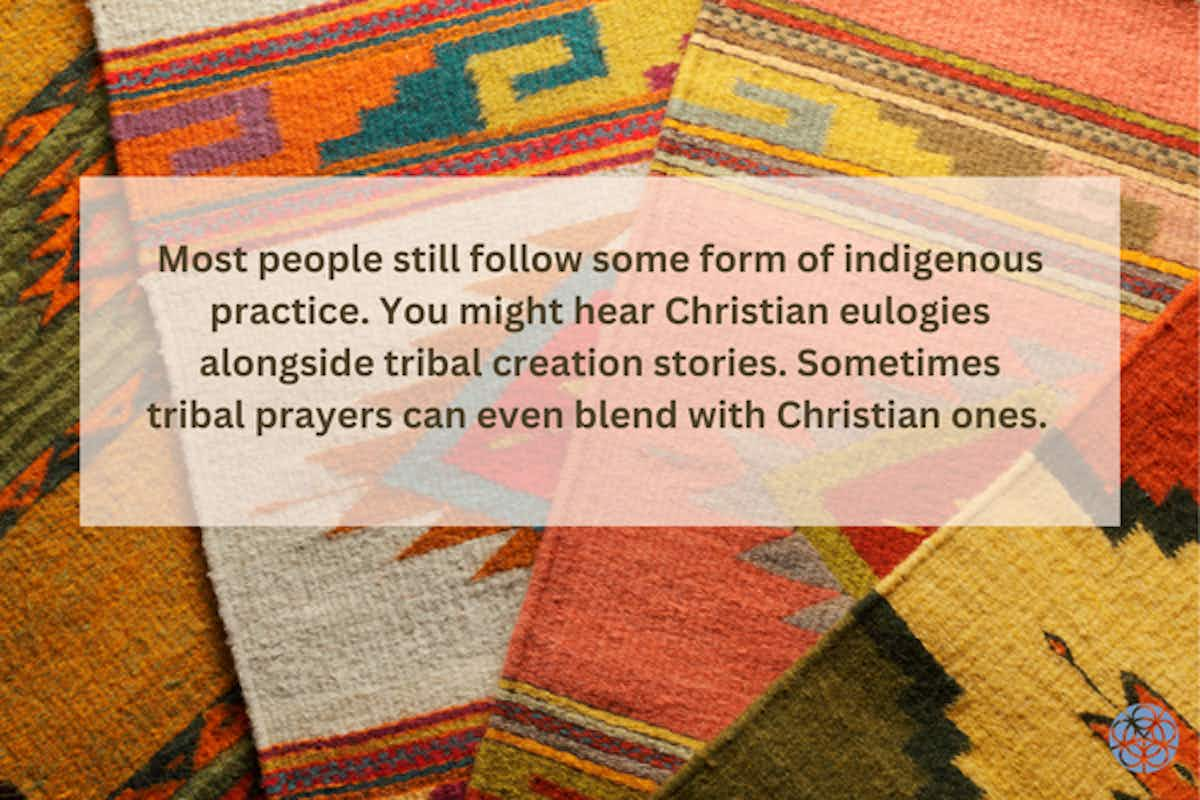
If you’re wondering whether you will see traditional rituals at the funeral you attend the answer is: maybe. Many of today’s tribes are Christian. For some Native Americans, Christianity is less expensive and scary than traditional beliefs. But, most people still follow some form of indigenous practice. You might hear Christian eulogies alongside tribal creation stories. Sometimes tribal prayers can even blend with Christian ones.
You’ll know more of what to expect when you attend a funeral after reading the rules of etiquette below.
What to wear to a Native American funeral
It’s best practice to first find out the family’s tribe. Attire is based upon the wishes of the family and religious preferences.
Traditional attire won’t be necessary at a formal ceremony in a church. Take a look at our guide on funeral attire if you’re still wondering what to wear.
Mood
At traditional funerals, you’ll notice the fear of death in some tribes like the Navajo and Apache. Both tribes felt it’s possible to die of fright, so young children and women left the home. Other tribes like the Hopi were more accepting. They remained in the house, and family members prepared the body.
If you’re visiting ill family members or friends in the hospital, you’ll notice many family members in the room. During the funeral, shows of emotion like crying are commonplace. If the family is Christian, they are less likely to have fear of the deceased.
Offering condolences and gifts
You can check in with the family to find out their religious preferences before choosing gifts. If the funeral is a traditional tribal ceremony, gifts like knives or clothing for the spirit are usual.
A card, flowers, or donations to help with funeral expenses are a good idea for Christian funerals. Many tribal ceremonies are expensive—a “curing” ceremony for the sick costs upward of $700. Our guide on condolences is a good place to start your search as well.
Lost Traditions
Native Americans pass down traditions orally using stories, so many funeral customs have become lost. As the younger generation moves away from Native American reservations (protected land), it becomes harder for people to keep connected to their roots.
Yet, many Native Americans respect the old faith even if they don’t follow it. Spiritual beliefs are central to Native American life and identity. Each tribal member connects to another through shared traditions and rituals. Their positivity towards living things sets an excellent example for all cultures to follow.
Sources
- Bryant, Clifton D. Handbook of Death and Dying. Sage, 2008.
- “Native American Creation Stories.” George Mason University, www. chnm.gmu.edu/exploring/pre_18thcentury/creationstories/pop_sioux.html
- Betty Reid. “A Navajo daughter remembers a parent's journey back to earth.” Native American Press, www.thenativepress.com/life/fathers_day.php
- “Tribal Nations and the United States.” National Congress of American Indians, www.ncai.org/tribalnations/introduction/Tribal_Nations_and_the_United_States_An_Introduction-web-.pdf
